Vintage Starburst pattern dishes: 83,000 ppm Lead. All Franciscan pieces are high Lead and I do not consider them food-safe!
Each of the images below is a link to test results for the Franciscan image pictured:
Posted: July 10, 2020
Summary: When tested with an XRF instrument, the dish pictured here had the readings listed below. ALL FRANCISCAN POTTERIES pieces I have EVER TESTED have had a similarly high level of Lead. They also normally leach Lead when tested in a lab. In the absence of testing your particular set for the leaching of Lead, functional dishware and other pottery pieces from this brand (from any year of manufacture or location of manufacture) should not, under any circumstances, be considered safe to eat from for any purposes (not occasional holiday dinners nor regular daily meals).
Introduction: Tamara Rubin is an independent advocate for consumer goods safety, and she is also a mother of Lead-poisoned children. She began testing consumer goods for metallic toxicants in 2009 and was the parent advocate responsible for finding Lead in the popular fidget spinner toys in 2017. She uses high-precision XRF testing (a scientific method used by the Consumer Product Safety Commission) to test consumer goods for metallic contaminants – including Lead, Cadmium, Mercury, and Arsenic.
How much Lead is too much Lead?
There is no total content limit for total measurable Lead (as detectable and measured with an XRF instrument) in modern dishware. Limits have only been set for the total amount of any detectable Lead that is leaching at the time of manufacture – as measured by leach-testing (normally done in a laboratory setting). However – for context – for modern items intended for use by children to be legal (and not subject to recall), the paint, glaze, or coating of these items needs to be below 90 ppm Lead, and the substrate of the item needs to fall below 100 ppm Lead when tested. These dishes test positive for more than 80,000 ppm Lead in the exterior glaze on the food surface of the dish.
If this dish were made today and specifically marketed to kids and considered to be “intended to be used by children,” it would be illegal. However, dishes are quixotically not considered to be “items intended to be used by children” and, as such, are not regulated in this way. It is my opinion that they should be — that is, they should be regulated in this way AND they should be required to always test either negative or at least below 90 ppm Lead — as dishes (and kitchen appliances) generally are in fact used by children. I consider dishes and kitchenware that test positive for Lead at levels below 90 ppm to be “Lead-safe.” Note: my personal preference is to have all of the items in my own kitchen be 100% Lead-free – not just “Lead safe.”
Food surface of the dish pictured
- Lead (Pb): 80,300 +/- 4,100 ppm
- Barium (Ba): 421 +/- 117 ppm
- Zirconium (Zr): 17,200 +/- 1,000 ppm
- Zinc (Zn): 14,100 +/- 600 ppm
- Copper (Cu): 337 +/- 85 ppm
- Iron (Fe): 1,389 +/- 283 ppm
Back side (logo area) of the dish pictured
- Lead (Pb): 83,900 +/- 4,500 ppm
- Barium (Ba): 400 +/- 125 ppm
- Zirconium (Zr): 18,400 +/- 1,200 ppm
- Zinc (Zn): 15,600 +/- 800 ppm
- Copper (Cu): 290 +/- 87 ppm
- Iron (Fe): 1,360 +/- 301 ppm
Some additional reading that may be of interest to you:
- Click here to see all of the Franciscan pieces I have tested and reported on here on the blog.
- Click here to read more about the concern for Lead in functional dishware.
- Click here to read more about the testing methodologies I use and report on here on my blog.
- Click here to learn why you cannot normally test your dishes at home (with a Lead test kit for consumers that you might buy in the store).
- Sometimes (but not always) Franciscan pottery may test positive with a reactive agent home test kit. Here’s my Amazon affiliate link* to the kits I find most reliable and most user-friendly.
As always, please let me know if you have any questions. Thank you for reading and for sharing my posts.
Tamara Rubin
#LeadSafeMama
*Amazon links are affiliate links. If you purchase something after clicking on one of my links I may receive a small percentage of what you spend at no extra cost to you.
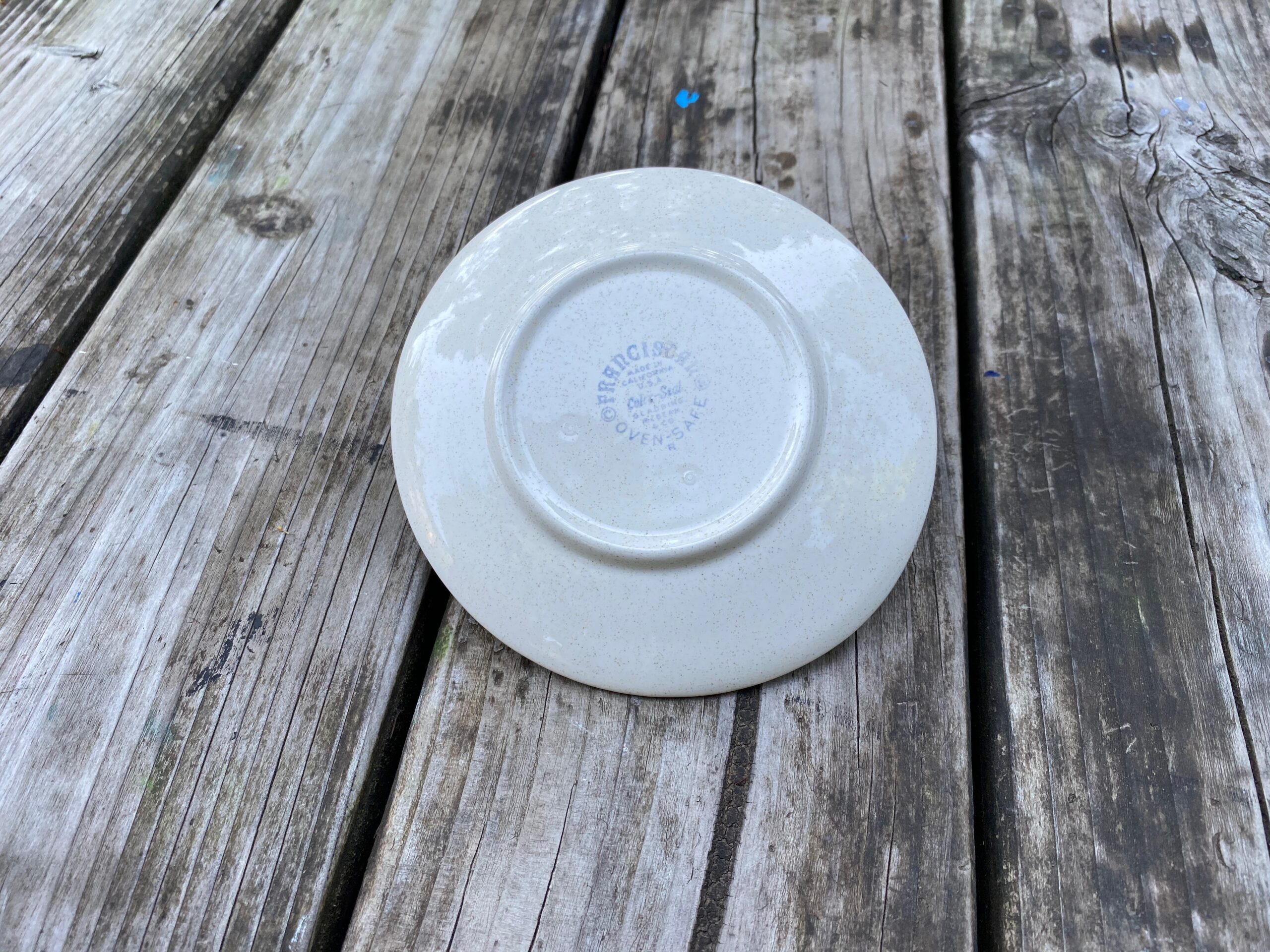
Never Miss an Important Article Again!
Join our Email List


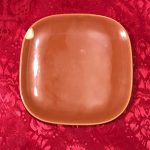
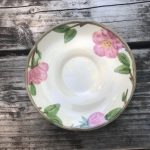
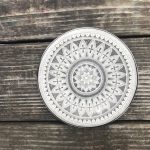
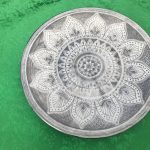
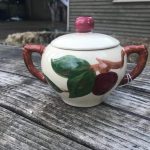
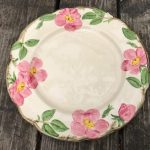
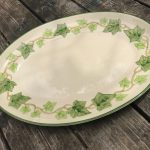
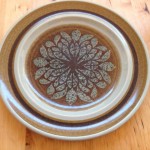
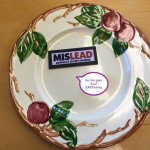
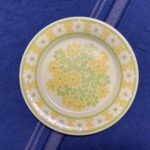
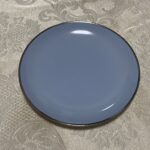
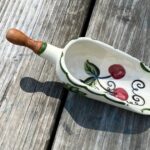
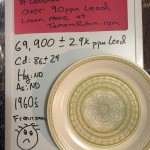
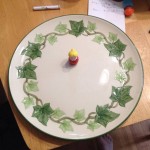
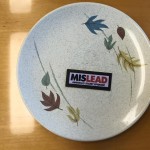
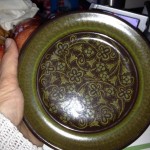
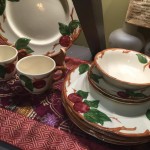
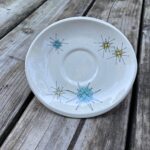






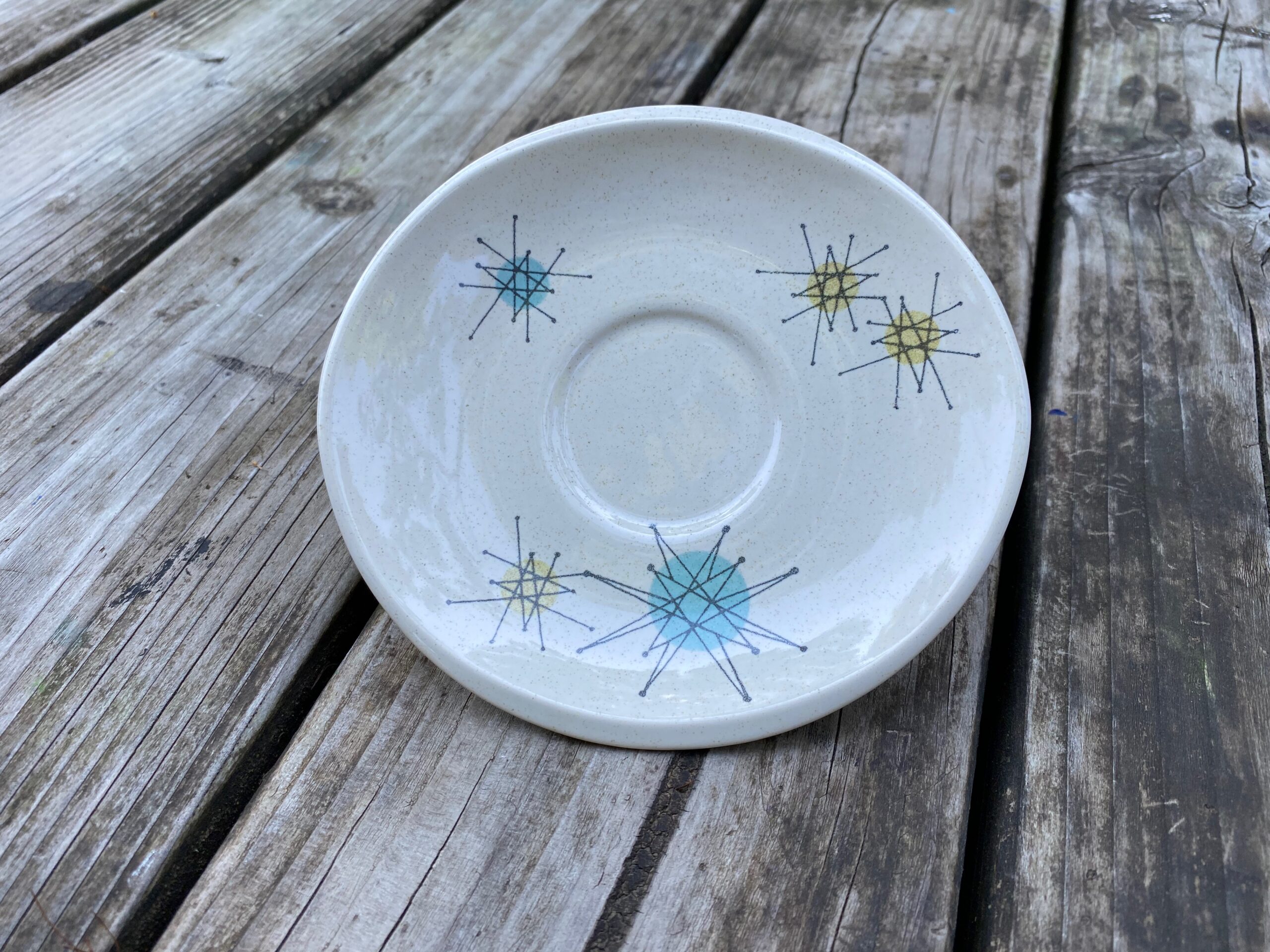
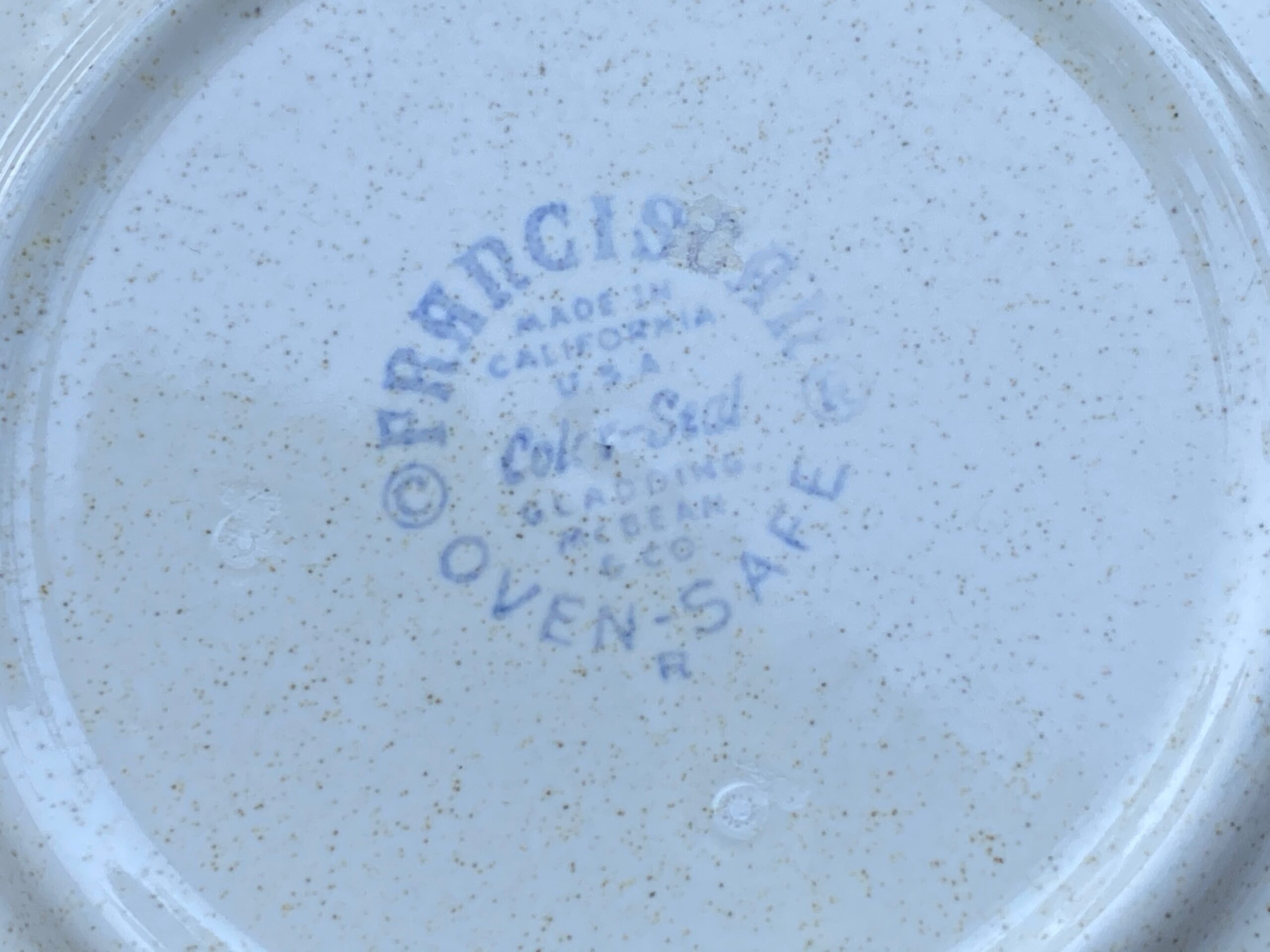

I appreciate your article. I own and use this exact set of dishes. Glad to have this information. I guess I will have to part with them.
Hello, I am considering purchasing a “Coronado” Ivory Swirl Franciscan Antique dinnerware set. Are they unsafe? TIA
I have service for 8 of the Starburst pattern. These were wedding gifts 62 years ago. I used them for many family gatherings and no one ever got sick. Was I lucky or what? Thank you. Sharon Marchky
Hi Sharon,
Please read this to better understand the concern:
https://tamararubin.com/topics/does-vintage-and-new-functional-pottery-and-dishware-have-unsafe-levels-of-lead/
Also this:
https://tamararubin.com/2017/01/what-is-the-impact-of-lead-poisoning-in-adults-including-college-age-students/
Also this:
https://tamararubin.com/2015/02/fine/
Tamara
Please clarify, I’m not sure I understand how food transfer of lead happens. If the glaze is intact, with no chips, crazing or knife marks, does the high lead still transfer, or no?
I have Franciscan Del Mar and Denby Graystone, and Villeroy and Boch Audun /Promenade, and they all have been used for years, but have no damage to surface. So are they safe !??
Take a look at this post: https://tamararubin.com/topics/does-vintage-and-new-functional-pottery-and-dishware-have-unsafe-levels-of-lead/
and this post: https://tamararubin.com/topics/crystal/
for starters….
This information, alas, makes me sad. These are the everyday dishes my mother got as wedding gifts back in 1959, and I was proud to bring them home with me when she downsized to move into a retirement community. We’ve been using them every day for about four years now. My husband doesn’t like them much because they aren’t perfectly round. He recently asked if I’d consider getting something else. I suppose now, armed with this disturbing information, I will get some new dishes.
Hi Doris,
Thank you for commenting. Given how toxic these dishes are (combined with the fact that you have been using them daily) I would consider getting either a Blood Lead Test or a Hair or Urine test (ASAP.) There is more information about these tests on the two posts linked below. After you read these links, start by asking your doctor – being sure to communicate that you have a suspected source of a concerning level of Lead exposure for your family.
Post 1: https://tamararubin.com/2019/02/blood-lead-testing-please-get-everyone-in-the-family-tested-since-you-have-been-living-in-a-house-with-high-lead-paint/
Post 2: https://tamararubin.com/2020/05/i-heard-that-urine-and-hair-tests-for-heavy-metals-including-lead-were-not-real-or-useful-test-results-why-is-this/
Tamara
Great information. I would like to know if anyone has tried to seal the coatings with silicone dioxide and then took new levels of lead leaching out? Would the silicone dioxide last if used on a regular basis?
Thanks,
Curious George
Are they safe to display and not use? Also what do you do with them if you have them? I have quite a few of these it’s been a lot of time searching on eBay to buy them although I’ve never actually use them.
Total bs. People have been eating off this dinnerware for DECADES. Stop spreading lies.